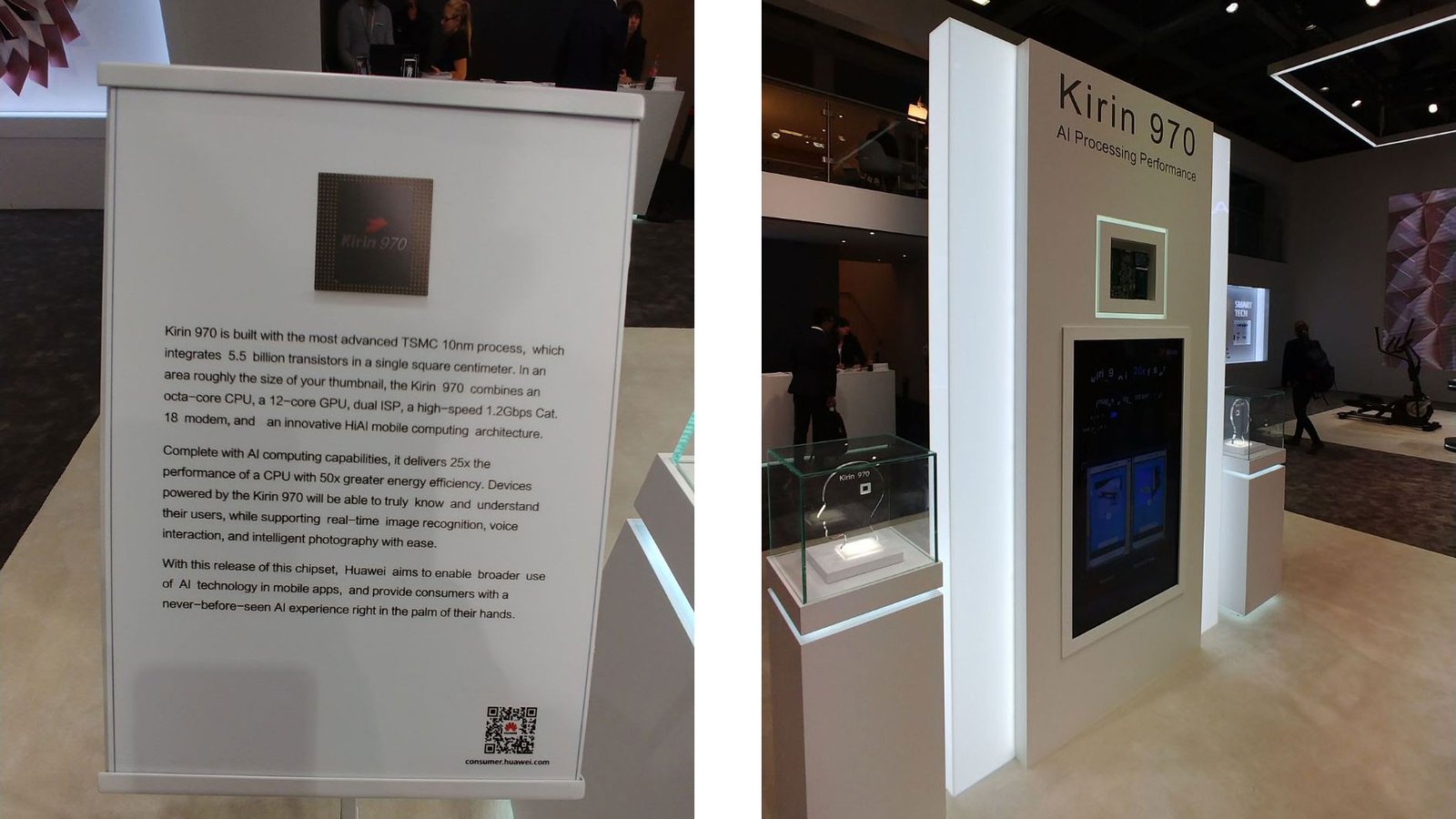At the IFA 2017 event in Berlin this week, phone maker Huawei pulled the wraps off its latest flagship chipset, the Kirin 970. The new processor looks to greatly improve the company’s future smartphones by allowing native AI processing to be combined with cloud-based AI. Huawei says that on-device AI powered by the Kirin 970 helps address issues like latency and privacy, while also allowing improved image and voice recognition.
We had published an interview with Richard Yu, the Huawei Consumer Business Group CEO, a couple of weeks ago, wherein he had stressed the importance of AI for the future of mobility. Built on a 10nm process, the Kirin 970 sports eight cores and the new 12-core ARM Mali-G72 GPU. There’s a new dual ISP on board, too, which will offer things like better noise reduction; a 4.5G modem is also along for the ride, allowing for up to Cat 18 speeds.

Huawei claims the chip has “25x the performance with 50x greater efficiency” than a quad-core Cortex-A73 processor, which means faster processing and less battery usage.

Basically, it can theoretically do the same AI stuff much faster than other SoCs on the market. Huawei is also opening up the platform for developers to mess around and find new ways to take advantage of the Kirin 970’s capabilities.

The company also announced that it will be launching its new flagship, the Mate 10 on October 16, 2017 in Munich, Germany. Stay tuned for more updates!











